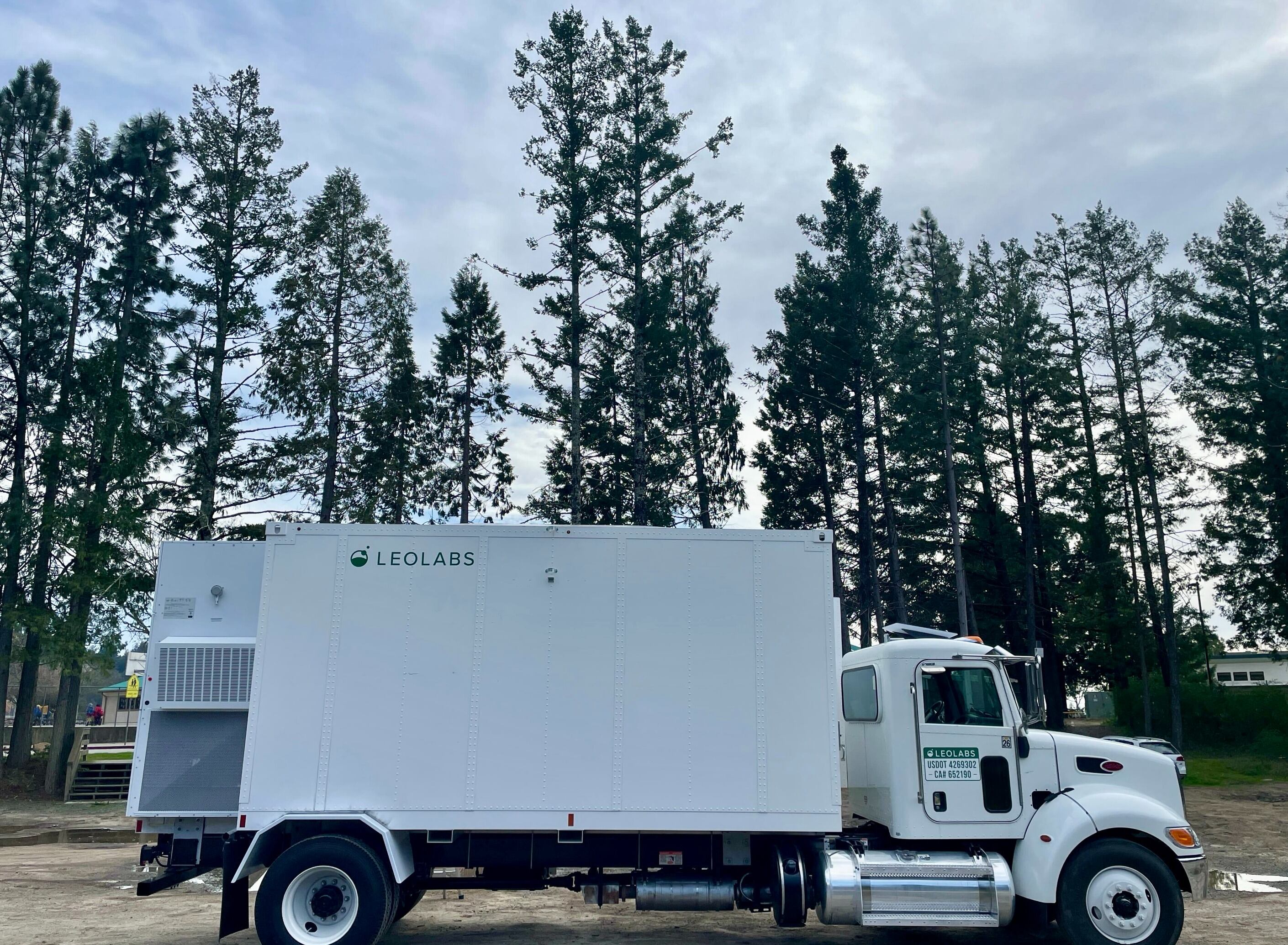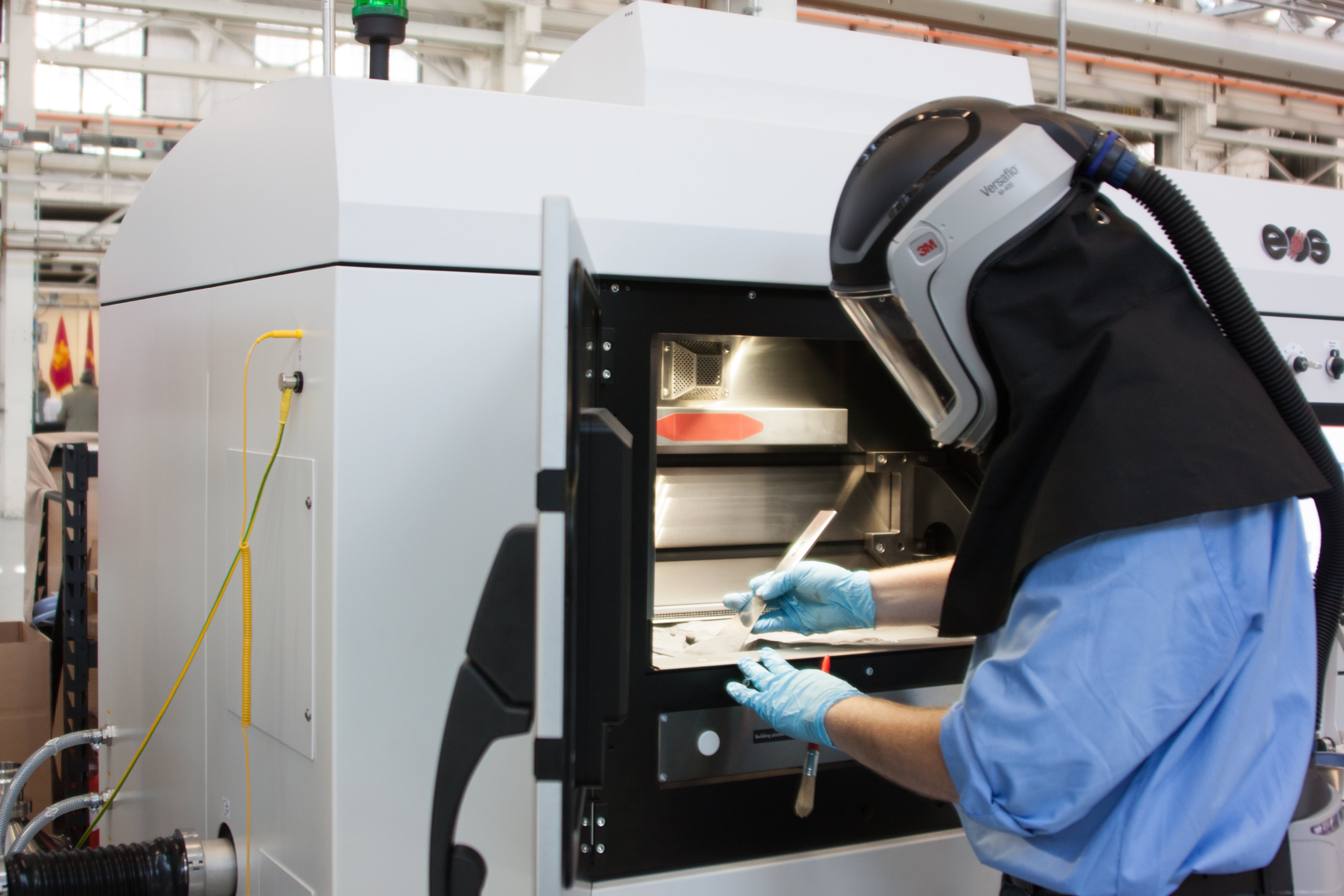WASHINGTON — The Defense Advanced Research Projects Agency is gearing up for a major exercise in which it plans to demonstrate a single user controlling a swarm of about 200 unmanned systems in an urban environment.
The November capstone event at Fort Campbell, Kentucky, is part of DARPA’s OFFensive Swarm-Enabled Tactics (OFFSET) program, which envisions smaller units able to mass up to 250 small aerial and ground unmanned systems in urban areas.
One of the major integrators on the effort, Northrop Grumman, will seek to test its technology that allows a single user via a tablet to control 200 vehicles. Raytheon Technologies is another key player in the exercise.
During previous events, the companies successfully demonstrated an operator could control more than 100 vehicles, Erin Cherry, senior technical program manager of emerging capabilities development at Northrop, told C4ISRNET in an interview.
Northrop’s open-architecture system, dubbed Rapid Integration Swarm Ecosystem, allows an operator to draw a sketch on a tablet, which tells the unmanned systems to perform a specific task. Cherry described this as the “swarm grammar.” There could be preplanned or user-defined swarming grammar, and each activity might mean something different based on that swarm grammar.
For example, she said, the user could circle a building on the tablet, telling the unmanned systems to converge on the structure. Or the user could draw a question mark over a target, which denotes a specific task based on predetermined swarm grammar, she added.
Right now, the program is primarily focused on assigning intelligence-gathering tasks to the swarm, but Cherry also described using the unmanned systems to overwhelm an adversary. “Honestly, the sky is the limit here. On OFFSET, we’ve really tried to be as broad as we can,” she said.
Those systems can then pass data back through the tablet to the operator. Cherry also noted there have been cases where engineers demonstrated a secondary operator in the field controlling a smaller swarm subset.
To date, the program has only featured smaller types of unmanned systems with potential hopes of pulling in larger vehicles later.
Transitioning
Northrop is eyeing the Army as a transition partner once the DARPA contract expires in March.
The service has shown interest, and Cherry said the company believes its technology could easily integrate with other Army efforts, such as the Integrated Visual Augmentation System, which would provide soldiers with augmented reality and situational awareness data in a heads-up display — with the next notional step being passing swarm data down to soldiers through that system.
In the interim, the company wants to mature its technology by getting it in the hands of soldiers at a real-life exercise and receiving important feedback.
There are plans for Northrop to test its technology at the Army Expeditionary Warrior Experiment early next year, and the company has asked to participate in Project Convergence 2022, the service’s annual campaign of learning.
Mark Pomerleau is a reporter for C4ISRNET, covering information warfare and cyberspace.








